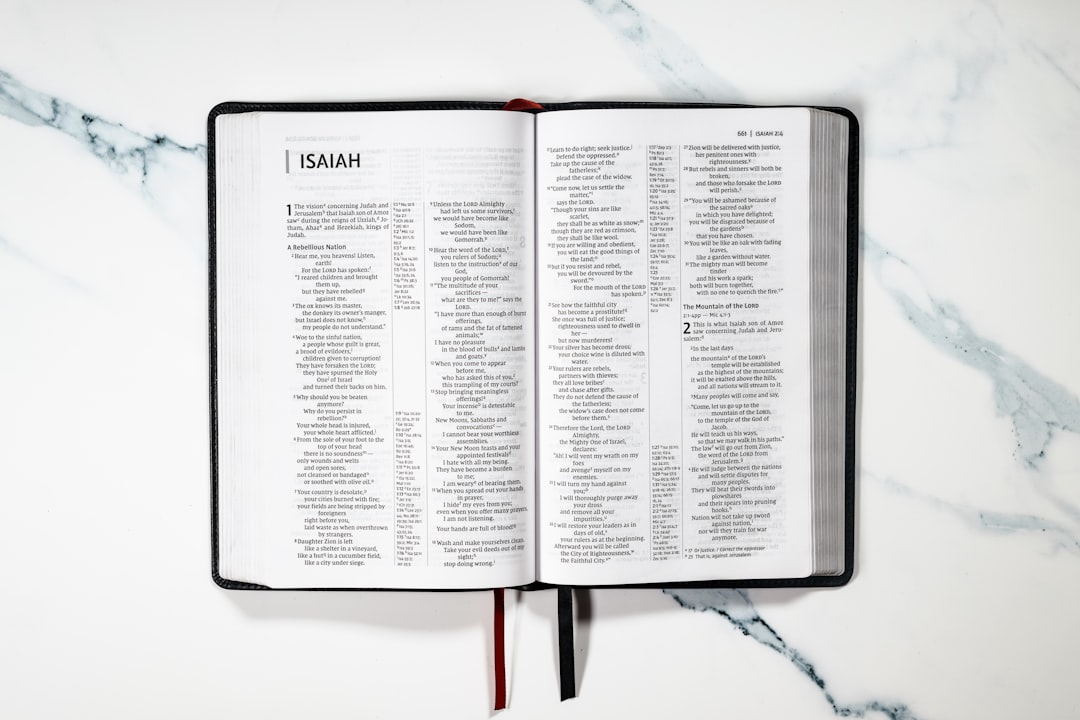Religious symbols have long been used by various faith traditions to represent their beliefs, values, and practices. From the Christian cross to the Hindu Om symbol, these iconic images hold deep meaning for believers and serve as a visual reminder of the spiritual truths they hold dear. While some may view these symbols simply as decorative ornaments, they are actually rich in symbolism that can provide insight into the core tenets of a religion.
One of the most widely recognized religious symbols is the Christian cross. This simple yet powerful image represents the crucifixion of Jesus Christ and his sacrifice for the sins of humanity. For Christians, the cross is a reminder of the love, forgiveness, and redemption offered through Christ’s death and resurrection. It is a potent symbol of faith, hope, and salvation.
The shape of the cross itself is significant, with its vertical and horizontal bars representing the intersection of the divine and human realms. The vertical bar points to the heavens, symbolizing the transcendence of God, while the horizontal bar points to the earth, symbolizing the immanence of God in the world. This duality reflects the Christian belief in the Incarnation, the union of the divine and human in the person of Jesus Christ.
Another important Christian symbol is the fish, often called the ichthys or “Jesus fish.” This symbol dates back to the early days of Christianity when followers used it as a secret code to identify themselves to each other. The fish represents Jesus Christ, as the Greek word for fish, ichthys, is an acronym for “Jesus Christ, Son of God, Savior.” Christians use the fish symbol to proclaim their faith in Christ and to show solidarity with their fellow believers.
In the Hindu tradition, the Om symbol holds a similar significance. Om is considered the most sacred sound in Hinduism, representing the primal vibration of the universe. It is believed to encompass the essence of all creation and to connect the individual soul to the divine. The Om symbol consists of three curves, a dot, and a semi-circle, each representing different aspects of the universe and the human experience.
The three curves of the Om symbol stand for the waking, dreaming, and deep sleep states of consciousness, while the dot signifies the fourth state of consciousness, known as Turiya or transcendence. The semi-circle represents Maya, the illusion of separateness that veils the true nature of reality. By meditating on the Om symbol, Hindus seek to cultivate self-awareness, inner peace, and spiritual enlightenment.
In Islamic tradition, the crescent moon and star are commonly used symbols that represent the faith of Islam. The crescent moon symbolizes the lunar calendar used in Islamic rituals and festivals, while the star represents the guidance and light of Allah. Together, these symbols evoke the Islamic belief in the unity of God and the cycle of time.
The use of symbols in religion is not limited to specific faith traditions. Many spiritual practices incorporate the use of symbols to convey universal truths and principles. For example, the yin and yang symbol in Taoism and Chinese philosophy represents the complementary forces of yin (feminine, dark, passive) and yang (masculine, light, active). This symbol illustrates the dynamic balance and interplay between opposing forces in nature and human experience.
Similarly, the lotus flower is a potent symbol in Buddhism, representing purity, enlightenment, and the potential for spiritual growth. The lotus grows from the murky depths of a pond but emerges unblemished and beautiful, symbolizing the journey from ignorance to wisdom. Buddhists meditate on the lotus flower as a reminder of their own potential for spiritual transformation and awakening.
The use of religious symbols is not without controversy, as some critics argue that they can be misinterpreted or misused to promote exclusivity, intolerance, or violence. For example, the swastika, a sacred symbol in Hinduism and Buddhism, was co-opted by the Nazis and used as a symbol of hate and genocide during World War II. This tragic misuse of a religious symbol serves as a cautionary tale about the power and responsibility that comes with using symbolic imagery.
Despite these challenges, religious symbols continue to play a vital role in shaping the beliefs, practices, and identities of believers around the world. Whether displayed in sacred spaces, worn as jewelry, or tattooed on the body, these symbols serve as potent reminders of the transcendent truths that lie at the heart of religious faith. By exploring the symbolism of religious symbols, we can gain a deeper understanding of the complex tapestry of human spirituality and the ways in which symbols can unite or divide us.
In conclusion, religious symbols are more than just decorative images – they are powerful tools that convey deep spiritual truths and connect believers to the divine. Whether in Christianity, Hinduism, Islam, or other faith traditions, symbols serve as a visual language that transcends words and speaks to the soul. By exploring the symbolism of religious symbols, we can deepen our understanding of the beliefs, practices, and values that shape the world’s diverse religious traditions.

